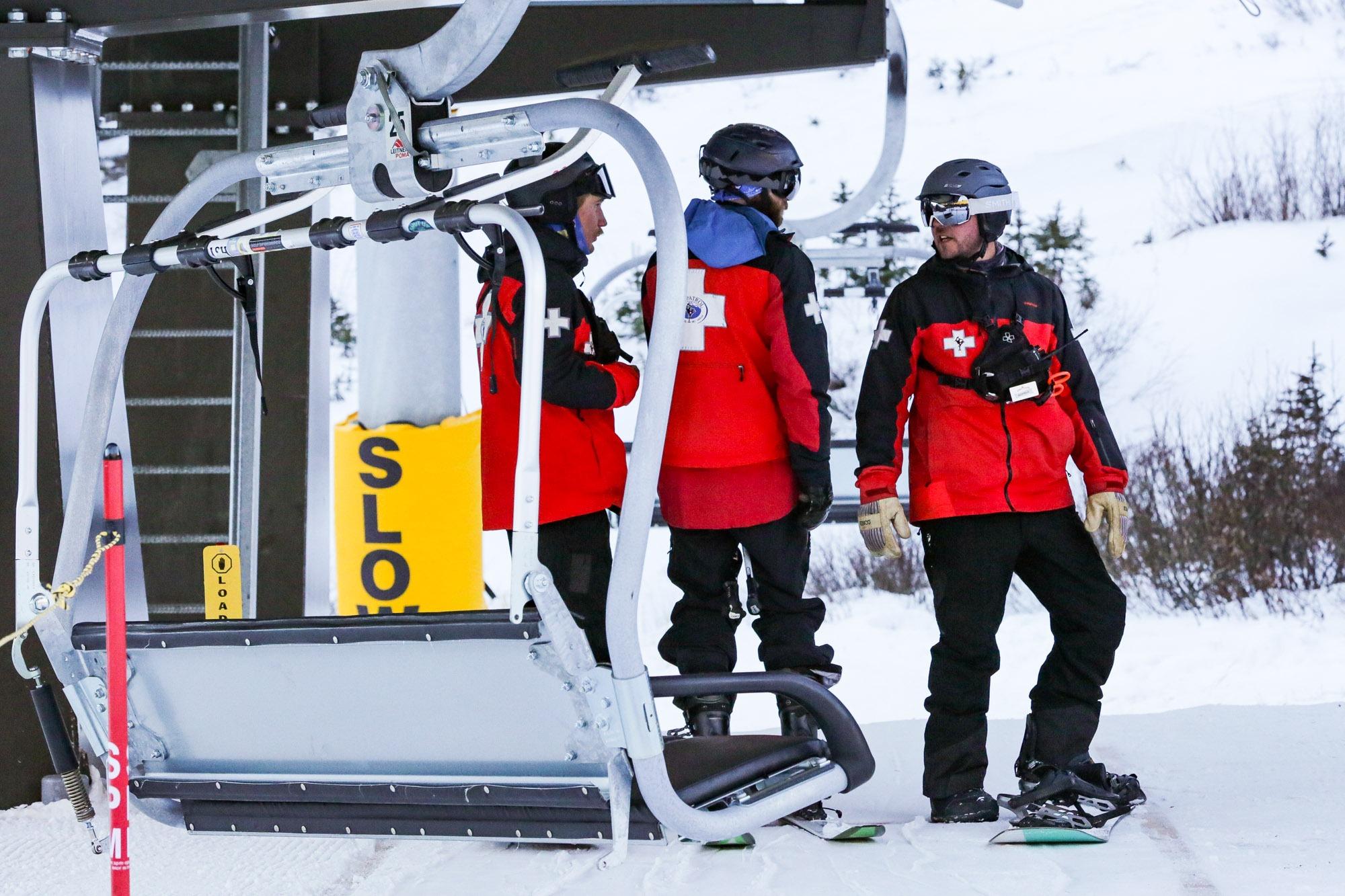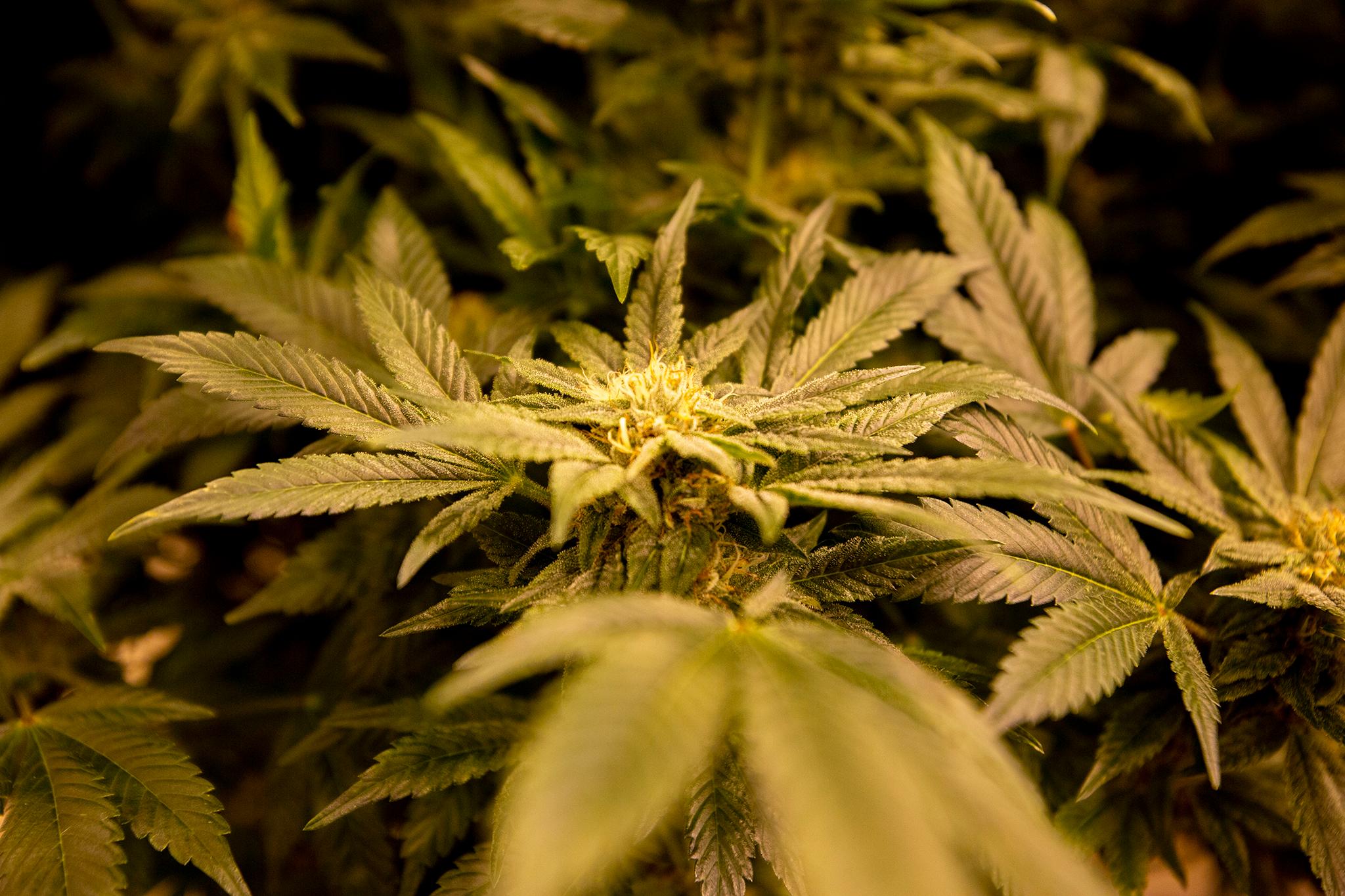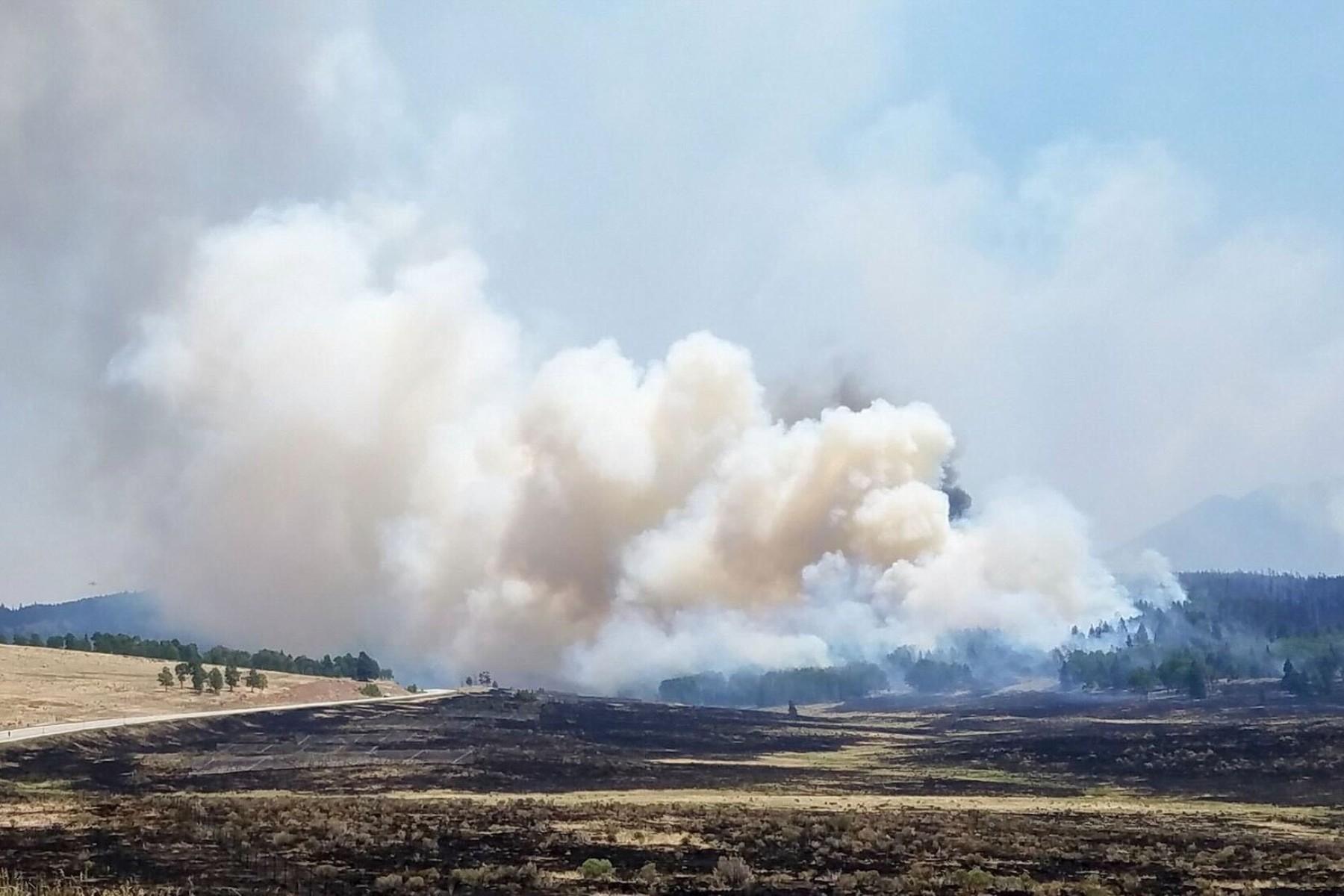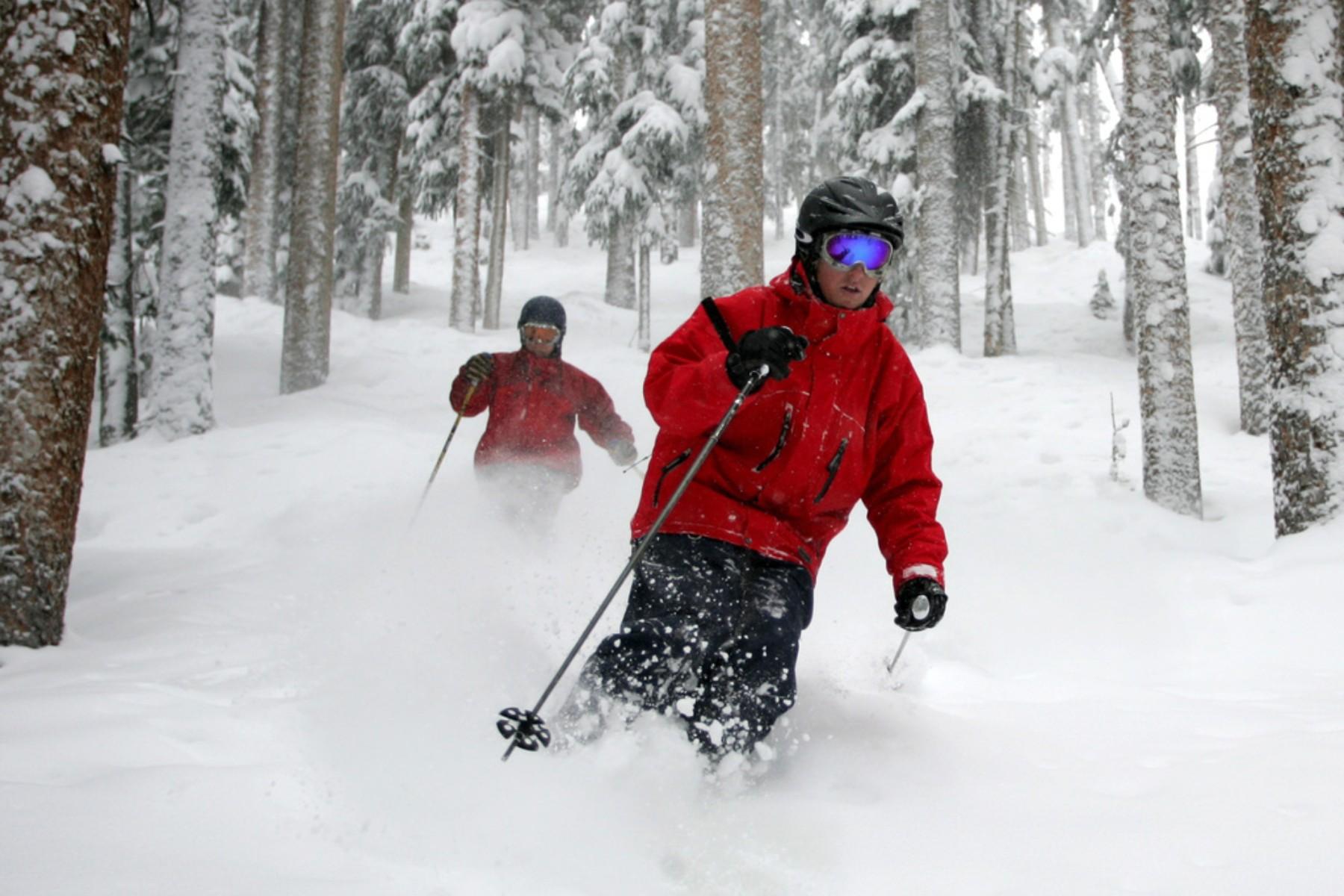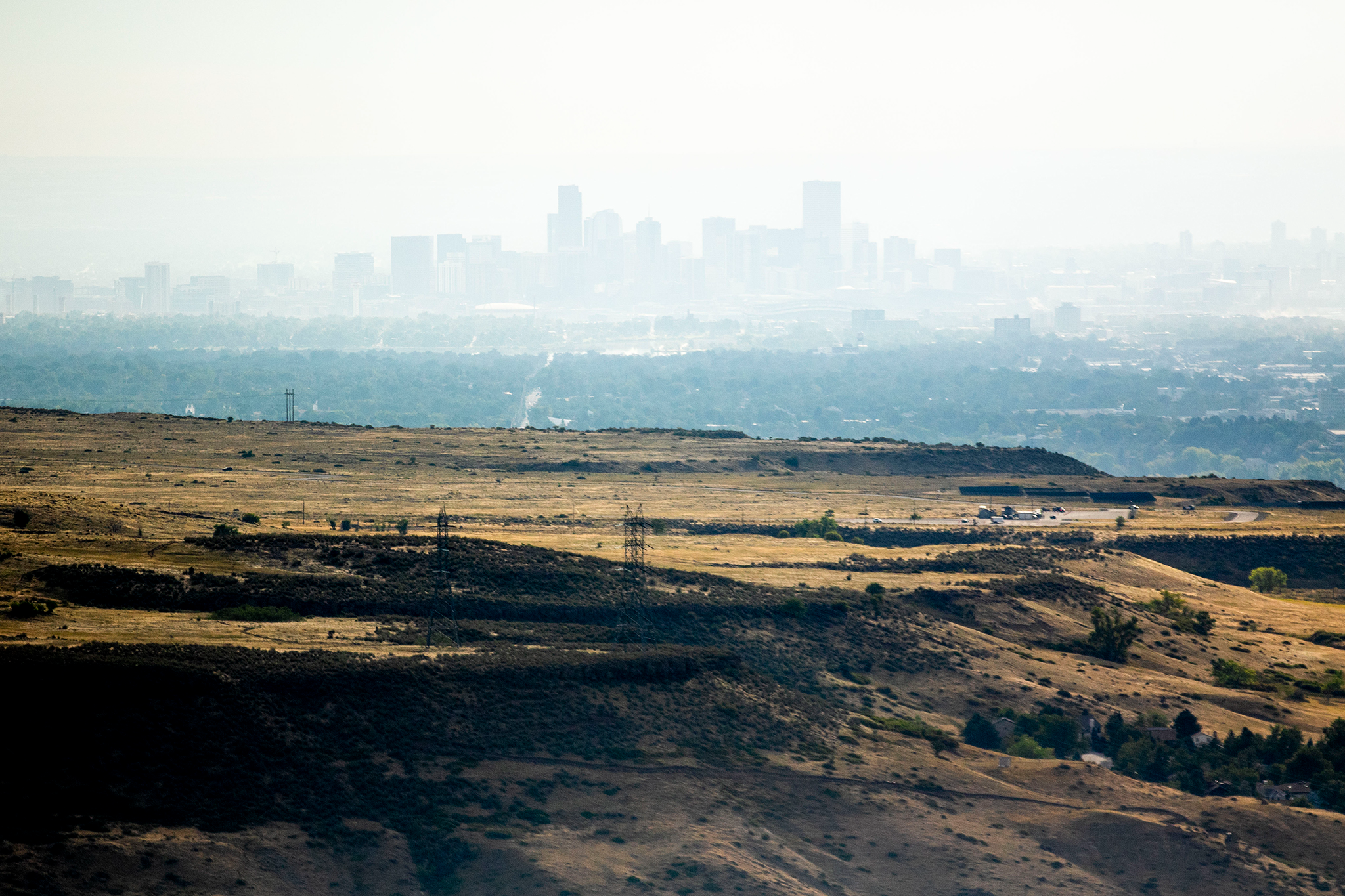
It’s been a bummer start to summer for anyone concerned about air quality along Colorado’s Front Range.
A relentless stretch of hot and dry weather spurred ground-level ozone pollution — better known as smog — across the region, leading state air quality officials to issue 15 Ozone Action Alert Days throughout June.
That’s more alert days than any previous June since the state started issuing health alerts based on the current federal ozone health standard established in 2016, according to data from the Colorado Department of Public Health and Environment.
“That doesn't necessarily mean we're going to have a record-breaking ozone season because July and August could certainly throw a monkey wrench into that. But no doubt about it: We're off to a fast start,” said Colorado air quality forecaster Scott Landes with the Colorado Department of Public Health and Environment.
The string of ozone alerts shows why scientists fear global warming will degrade air quality whether or not there’s an influx of wildfire smoke. That’s because smog forms when other air pollutants mix in the atmosphere, and heat is a critical catalyst driving the chemical reaction to create ground-level ozone.
The ozone-heavy June 2024 also came as Colorado redoubled its efforts to improve air quality along the Front Range, which has failed federal ozone standards for nearly two decades. Gov. Jared Polis recently signed a pair of bills to address the problem by investing in public transit and cementing new rules to cut smog-forming emissions from oil and gas operations.
Those measures, however, won't take full effect for years, so here’s a breakdown of the current ozone trends and some quick tips to guard against a summer smog scourge.
Here’s what to make of all those air quality alerts
Landes cautioned Colorado’s action alerts aren’t based on direct air quality measurements.
The state releases a notification whenever weather forecasts suggest ozone levels will rise to unsafe levels during the upcoming afternoon or the next day. Landes, however, said the alerts are an accurate early warning signal, and air monitors show years with more alerts tend to have poorer overall air quality.
One clear example is the summer of 2021.
That year, state health authorities issued a record 75 ozone action alerts between May 31 and Sept. 30, the highest total dating back to 2016 when the state started issuing notifications based on the current federal ozone standard of 70 parts per billion.
A study from the National Oceanic and Atmospheric Administration later confirmed Front Range air monitors recorded ozone levels above the federal health standard on 66 days over the same period, notching a record number of actual exceedances compared to previous summers.
The research further found that wildfire smoke helped boost ozone levels, but that’s not a factor behind the smoggy June along the Front Range in 2024. “It's mostly just been the hot and dry conditions that have driven those ozone concentrations,” Landes said.
Temperature, rainfall, wind and other weather factors can influence ground-level ozone levels dramatically, but Colorado’s ozone season is off to a smoggy start. The state had more action alert days in June — the first full month of the ozone season — in more than a decade. If the state continues to issue alerts at this pace, it could reach 60 ozone action alert days issued by the end of September, nearing the record set in 2021.
How to protect yourself from ozone pollution
All the concern over ozone pollution might confuse anyone who grew up hearing scientists fret about the ozone layer. If the molecule built from three oxygen atoms is so dangerous, why was everyone worried about a hole in Earth’s protective ozone shield?
Ozone is only helpful in its proper place. While it guards the planet against ultraviolet radiation from the sun in the upper reaches of the atmosphere, the highly reactive molecule is a dangerous pollutant close to the surface.
Breathing ozone inflames the respiratory tract, increasing the risk of wheezing asthma attacks. Over the long term, studies have suggested repeated exposures to ozone can cause higher rates of heart disease and premature death, but researchers are still working to confirm whether people living with chronic ozone pollution have consistently worse health outcomes.
To guard yourself against smog, Landes recommends signing up to receive Colorado’s ozone action alerts via email. Those warnings let residents know if their region will likely experience high ozone levels over the next day, and whether predicted air quality levels are unsafe for everyone or only for sensitive groups like people with health conditions, or children and the elderly.
Those groups should consider avoiding outdoor activity altogether on high ozone days, Landes said.
“For people who are healthy, it's more about maybe just making some adjustments to your outdoor activities,” Landes said. “One of the biggest ones is if you have the opportunity to maybe exercise in the morning as opposed to the afternoon or evening, that's always a good option because, at this time of year, ozone invariably is going to be higher later in the day.”

